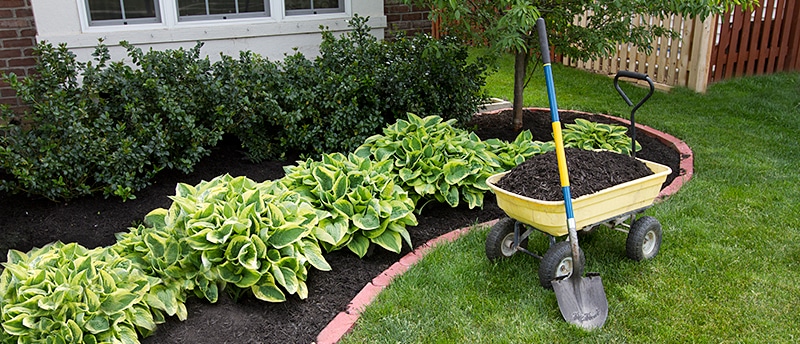
Skyward Greens Creative Vertical Wall Garden Ideas
Exploring Creative Vertical Wall Garden Ideas
Vertical wall gardens offer a unique and visually stunning way to bring greenery into any space, whether you have a small apartment balcony or a sprawling outdoor patio. Let’s dive into some creative ideas for designing and implementing your own vertical wall garden to elevate your green space to new heights.
Unconventional Growing Spaces: Maximizing Vertical Real Estate
One of the most appealing aspects of vertical wall gardens is their ability to make use of vertical space that might otherwise go unused. By installing planters, trellises, or hanging baskets on walls or fences, you can transform blank surfaces into vibrant green landscapes. This is particularly beneficial for urban dwellers with limited outdoor space, allowing them to create lush gardens in areas where traditional gardening might not be feasible.
Choosing the Right Plants: Thriving in Vertical Environments
When selecting plants for your vertical wall garden, it’s essential to choose species that are well-suited to vertical growing conditions. Look for plants that have shallow root systems, such as succulents, herbs, and trailing vines, as they are better equipped to thrive in confined spaces. Additionally, consider factors like light exposure and water requirements when choosing plants, ensuring that they will receive adequate sunlight and moisture in their vertical environment.
Creative Design Ideas: From Simple to Spectacular
The design possibilities for vertical wall gardens are virtually endless, allowing you to get as creative as you like with your greenery. Experiment with different arrangements, patterns, and textures to create a visually appealing and dynamic garden wall. You can use a mix of planters, shelves, trellises, and hanging baskets to add depth and dimension to your vertical garden. Consider incorporating elements like mirrors, artwork, or decorative accents to enhance the aesthetic appeal of your garden wall.
DIY Vertical Garden Projects: Getting Hands-On
Creating your own vertical wall garden can be a fun and rewarding DIY project that allows you to customize the design to suit your space and style. There are countless DIY tutorials and ideas available online for building vertical garden structures using materials like pallets, wooden crates, PVC pipes, and recycled containers. Whether you’re a seasoned gardener or a novice DIY enthusiast, there’s a vertical garden project out there for everyone.
Maintenance and Care: Keeping Your Vertical Garden Thriving
Proper maintenance is key to keeping your vertical wall garden healthy and thriving. Regular watering, pruning, and fertilizing are essential to ensure that your plants receive the nutrients they need to grow and flourish. Additionally, be sure to monitor your vertical garden for pests and diseases, and take prompt action to address any issues that arise. With a little bit of care and attention, your vertical wall garden will continue to delight and inspire for years to come.
Innovative Irrigation Solutions: Ensuring Adequate Watering
Watering can be a challenge in vertical wall gardens, as water tends to drain quickly from the top and may not reach plants lower down. To ensure that all of your plants receive adequate moisture,






